Filming and Recording at Public Meetings
Filming and Audio Recording of Council Meetings – The Openness of Local Government Bodies Regulations 2014
The Openness of Local Government Bodies Regulations came into effect on 6 August 2014. Broadly, the regulations give the public the right to film, record audio, take photographs, and use social media and the internet at meetings to report on any meetings that are open to the public.
Procedure/Guidance Note on filming, recording, taking photographs and using social media and the internet at public meetings
Members of the public are allowed to report* at all meetings of the authority that are open to the public to enable those not present to see or hear the proceedings either as they take place (or later), and to enable the reporting of those proceedings. In order to ensure effective management of meetings held in public at which rights are being exercised, the following procedures will be adopted:
*Reporting means:
- Filming, photography or making an audio recording of proceedings at a meeting
- Using any other means of enabling persons not present to see or hear proceedings at a meeting as it takes place or later
- Reporting or providing commentary on proceedings at a meeting orally or in writing so that the report or commentary is available as the meeting takes place or later to persons not present
The Openness of Local Government Bodies Regulations 2014
- The filming, photographing or making an audio recording of proceedings of meetings of the Authority and its Committees and Sub-Committees and the Cabinet and its Committees whilst those meetings were open to the public is permitted
- Those persons wishing to film, photograph, or make an audio recording of proceedings should give prior notification in writing or by telephone to the Member Services and Scrutiny Manager or the Chairman of the Committee of their intentions to film or record prior to the commencement of the meeting
- The filming, photographing or audio recordings should only be made from the designated public seating area and with the knowledge of the Chairman of the meeting
- Filming, photography or audio recordings should not be disruptive and distracting to the good conduct of the meeting and recording devices must be set in silent mode
- No flash or additional lighting is permitted
- Filming, photography or audio recordings should normally be taken from one fixed position and must not obstruct others from observing proceedings
- Attendees would be advised at the start of the meeting that is being filmed, photographed or audio recorded
- A person undertaking the filming or audio recording shall respect any request from members of the public that they do not wish to be filmed
- There shall be no oral commentary permitted in the Meeting
Rules of Procedure – Access to Information Procedure Rules
The Chairman of the meeting shall instruct that filming, photographing or audio recordings be stopped where:
- During those parts of the meeting when the press and public have been excluded due to the nature of the business being discussed i.e. either exempt or confidential matters
- There is a public disturbance or suspension/adjournment of the meeting
- The recording has become disruptive or distracting to the good order and conduct of the meeting
- Continued recording is against the wishes of an individual
Use of recordings by third parties
The council will expect those filming or audio recording the proceedings to abide by (a) and (b) below:-
- Any published filming or audio recording should be accompanied by a statement of when and where the filming and audio recording was made, the context of the discussion that took place and a clear identification of the main speakers and their role or title
- Those undertaking the filming or recordings must not edit the recording in a way that could lead to misinterpretation or misrepresentation of the proceedings or comments made by attendees






